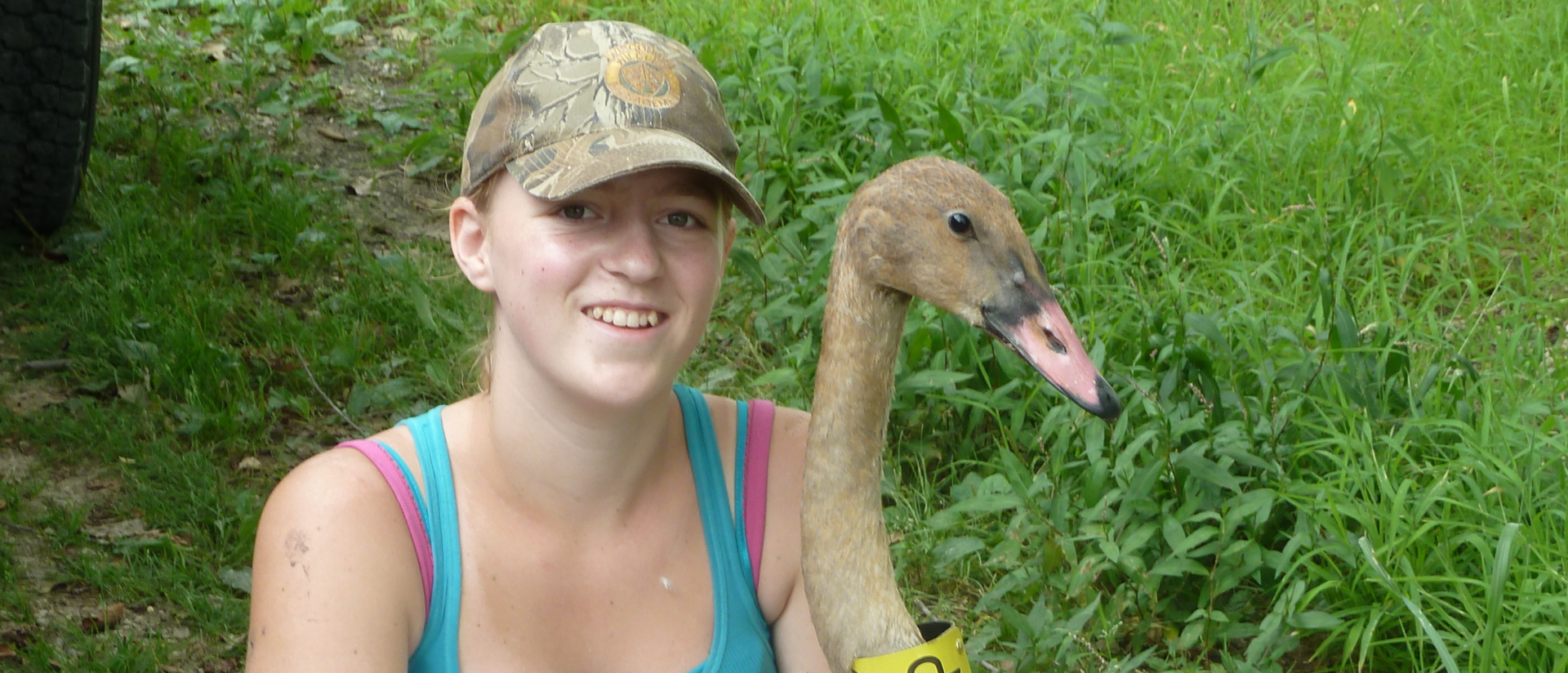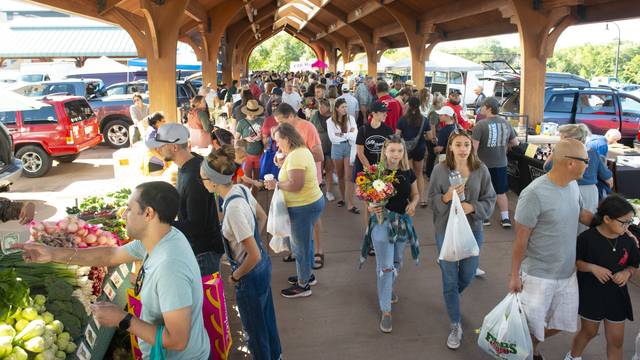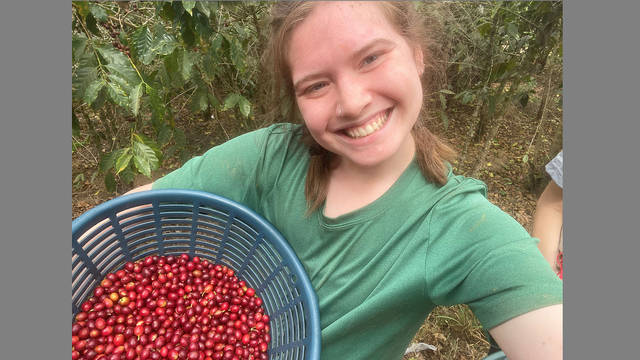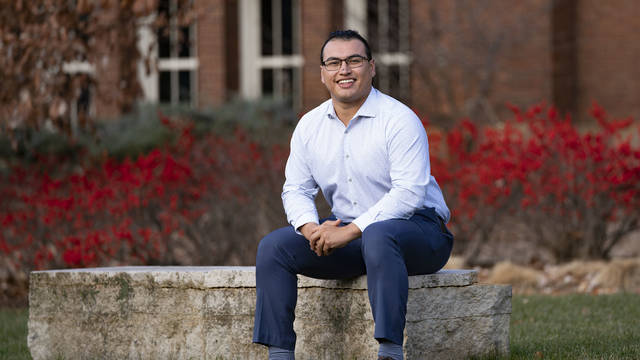Formed in 1967 as a merger of two separate State Agencies, the Wisconsin Department of Natural Resources oversees the conservation and management of Wisconsin’s natural resources. For senior Art Studio major and Journalism minor Lydia Ishmael, the Wisconsin DNR has always been an important part of her life.
Part of the Wisconsin DNR’s mission is, “To protect and enhance our natural resources: our air, land and water; our wildlife, fish and forests and the ecosystems that sustain all life.” For Ishmael, this desire to serve in the outdoors has been instilled in her from a young age.
Her father had worked in the Wisconsin DNR for over three decades, so she has always been surrounded by an intense passion to make a difference.
The Wisconsin DNR does more than just enforce hunting and fishing licenses, something Ishmael was eager to point out in discussing her work this summer.
Her service-learning this previous summer consisted of fitting fawns with radio collars and fitting wood ducks with bands. The information the Wisconsin DNR receives from banding ducks is integral in determining the bag limit for duck season every year.
Ishmael’s work with fawns this summer will also provide important data for the DNR in managing Wisconsin’s whitetail deer population. She discussed the technical aspects of her research project as well as the type of data collected.
“This project consisted of searching for newborn and young fawns that were still nesting in prairie grass and capturing them to put radio collars on their necks. These radio collars expand as the fawn grows up. Upon capturing a fawn, we took data on the animal—such as bloodwork, weight, age, gender, and location. After the data was collected and the collar was put on, the fawn was released.”
Ishmael also discussed the importance of what will be gained for the DNR through her service-learning project.
“The purpose of this project, which will last for years to come, is to record the reasons behind deaths in whitetail deer. The DNR wants to know how deer are most often killed—is it by car, disease, hunters, or predators? From learning this information over the next few years or more, the DNR will be able to see what causes the most deaths in deer and take any steps necessary to change that if they are dying by unnatural causes.”
For Ishmael, what she wants for people to learn from her service-learning project is the importance of wildlife conservation.
“The wildlife around us and the natural resources we use are very important. It is dire that we continue to care for our wildlife and know that there is always more we can be learning about the animals, plants, and so on.”
Another important thing she wants everyone to know about the Wisconsin DNR is that it’s more than just enforcing fish and game licenses.
“…helping to keep animals out of developed areas to avoid human and wildlife interaction, which can cause auto accidents, damage to property, and so on. The DNR also monitors endangered species, they burn prairies…the job tasks are endless.”
Lydia Ishmael’s passion and drive to make a difference in the community and help better Wisconsin’s natural resources for the next generation provide a good example for all of us to turn our passions into something that benefit the community through service-learning.



